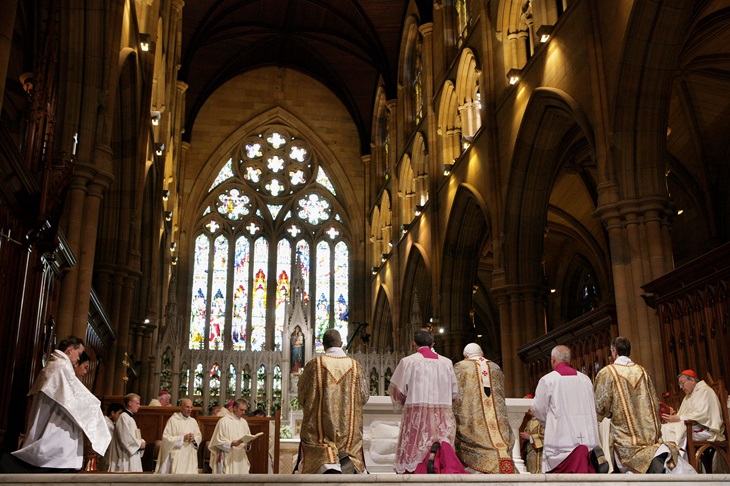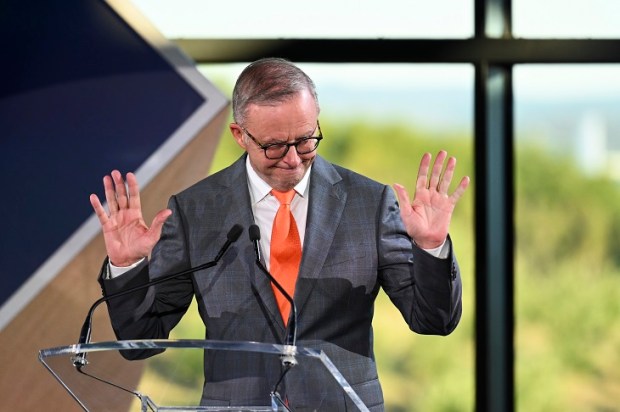In the heart of an Australian capital city, amidst the bustling modernity of our liberal society in 2024, I found myself not in a bacchanalian-orgy-type of Romanesque experience, but unexpectedly immersed in a wine-soaked affair of a different kind – a religious service known as the ‘Classical Roman Rite’ or ‘Latin Mass’ – a Catholic mass delivered entirely in Latin.
Already a subscriber? Log in
Subscribe for just $2 a week
Try a month of The Spectator Australia absolutely free and without commitment. Not only that but – if you choose to continue – you’ll pay just $2 a week for your first year.
- Unlimited access to spectator.com.au and app
- The weekly edition on the Spectator Australia app
- Spectator podcasts and newsletters
- Full access to spectator.co.uk
Or


























Comments
Don't miss out
Join the conversation with other Spectator Australia readers. Subscribe to leave a comment.
SUBSCRIBEAlready a subscriber? Log in